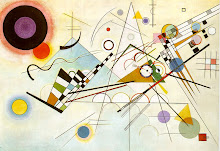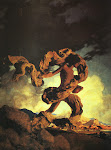The Seine at Suresnes
1877
Sisley is not the most famous Impressionist, because some view his works as generic or tending towards the Impressionist average, but I love his works. Certainly some of his acquaintances, such as Renoir and Monet, had a greater level of experimentation in their careers, yet there is something about his landscapes that often has a force and vividness that I think is absolutely unique to him; I would even say that he most aptly captured the winds among the Impressionists. Anyway, I adore Sisley and I hope you do as well.
Still Life with Heron
1867
Storr's Rock, Lady's Cove, Evening
1897
Avenue of Chestnut Trees near La Celle-Saint-Cloud
1867
The Lesson
1874
The Factory at Sevres
1879




























































